Feline diabetes can be a frightening diagnosis, but it doesn't have to be a tragedy. Toby's feline diabetes story is a tale of a cat marked as unadoptable, saved from the brink, and newly diagnosed.
But what does that mean for Toby and his new owner, Mary Beth? In this article, you'll discover the journey they undertook together to manage Toby's diabetes.
From understanding the disease to navigating treatment and lifestyle changes, we'll explore what diabetes means for a cat and its owner.
Join us as we describe the steps Mary Beth took to give Toby a healthy and happy life, and how you can recognize and manage this condition in your furry friend.
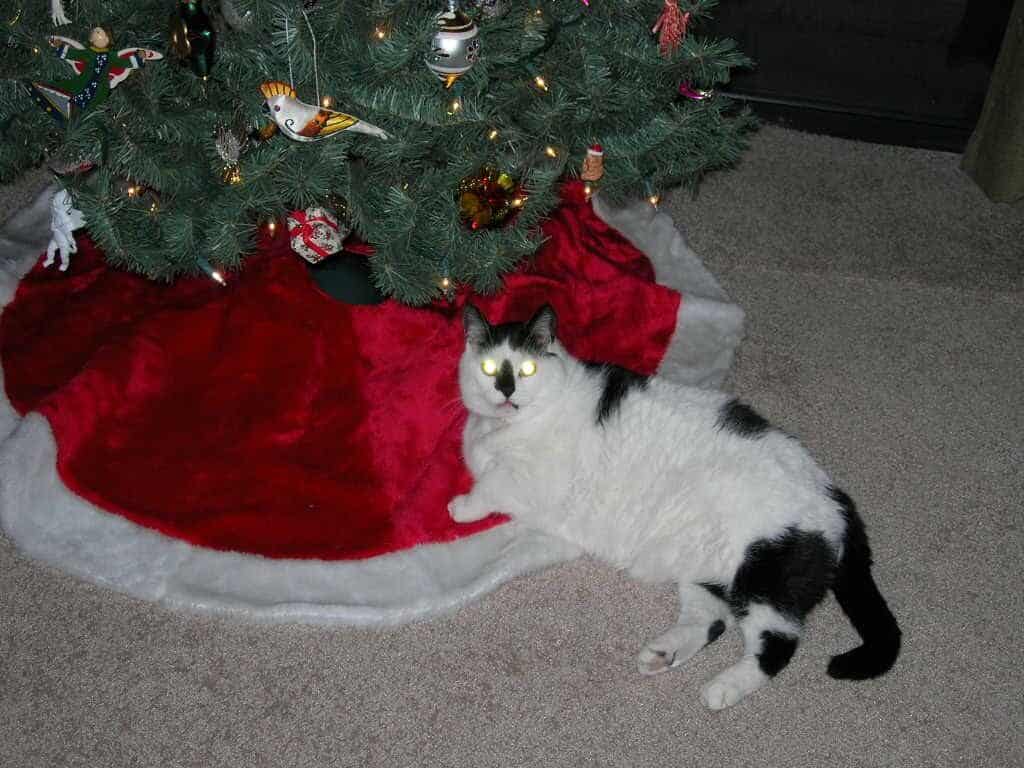
Toby: A New Friend for Mary Beth
Toby had a rough start. Adopted and returned to the Humane Society in Evansville, Indiana, more than once, he was seen as unadoptable.
Returned.
Adopted.
Returned.
Then came Mary Beth's birthday, and a friend had an idea. Why not give Mary Beth some company by adopting a cat? She even offered to pay the adoption fee.
Mary Beth was drawn to Toby's picture on the Humane Society's website. A "big, beautiful purr machine" weighing 24 pounds, he was days away from being euthanized.
Toby's constant hunger and size were the result of being overfed. Mary Beth didn't hesitate. She brought Toby home, and they started their life together.
Eight months later, Mary Beth noticed a change. Toby's water bowl was often empty, and his litter box was constantly full.
His hunger, combined with the need to drink more and use the box frequently, raised concerns. A visit to the veterinarian confirmed the suspicion: Toby was diabetic.
The diagnosis could have been overwhelming, but Mary Beth was ready to learn how to manage the disease.
With the help of diet, exercise, and insulin, Toby's diabetes became something they could handle together. This was the beginning of a new chapter in their lives, one filled with challenges, learning, and, most importantly, love.
What is diabetes and what does insulin have to do with it?
Food is broken down into glucose, the simplest form of sugar. When quick energy is needed, the body reaches for glucose first. In cats, this is often seen as the 3 AM Zoomies or the Dark Hallway Surprise Attack.
Glucose moves through the body in the bloodstream and provides fuel to all the organs and muscles so they work properly. To move glucose from the blood and into the cells, the pancreas produces a hormone called insulin.
Diabetes is the body's inability to get glucose into the cells. This could be because not enough insulin is being produced or what is produced is blocked by something else—fat cells are an example which is why weight loss is recommended.
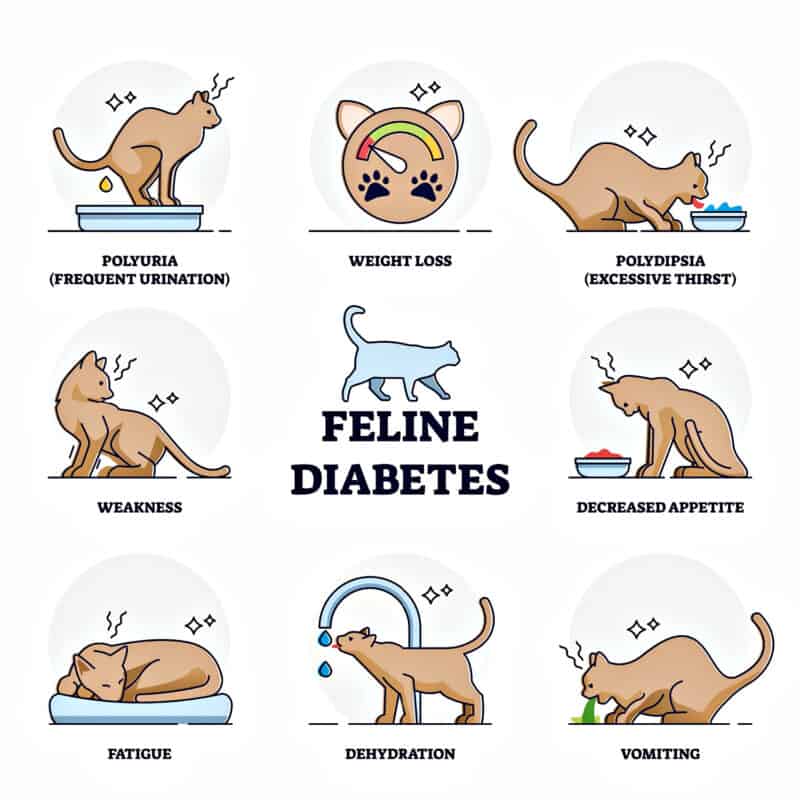
What are the warning signs of diabetes?
An increased thirst that results in the following:
- increased urination
- weight loss in spite of eating
- lethargy
- dry itchy skin
- frequent infections
- a severely diabetic cat's breath smells like nail polish remover due to a buildup of ketones in the blood.
SIGN UP FOR THECATSITE'S EMAIL UPDATES >
Toby's Diagnosis and Treatment
What did that really mean in terms of Mary Beth and Toby's lives?
Toby was tested to see how much insulin he would need in the form of twice-daily injections. Mary Beth said, "With a fine gauge needle, it was easier than I thought. I just pulled up a bit on the scruff of his neck and gave him the shot there."
Diet and Insulin Management
The second step for Toby was a diet. He switched to Diabetes Management (canned) and Overweight Management (dry) foods by Purina. Both are high in protein and low in carbohydrates. Mary Beth keeps some of the OM food out but Toby nibbles now instead of gobbling it all at once.
During the pet food recalls, Mary Beth switched Toby to a new food. He quit eating. Without thinking, Mary Beth still gave Toby his insulin shot and he crashed. (He became disoriented, distressed, and couldn't see.) They rushed to the emergency veterinarian who kept Toby for 24 hours and gave him glucose in an IV. It was an expensive lesson but Mary Beth knows - no food, no shot.
Toby's Weight Loss Journey
This is Toby—halfway through his diet that took him from 24 lbs to 11.
As Toby lost weight, he had to be tested more often, so he wouldn't get too much insulin - that can be as bad as not getting enough. While humans poke their fingertips to get a drop of blood to test, Toby lets Mary Beth poke his ear. She puts the drop of blood on a test strip and then gets a reading from a meter—all human diabetic equipment.
Emergency Measures and Support
Mary Beth also got an appetite stimulant from her veterinarian—a small pill to jump-start Toby's desire for food if he stops eating again. This helps prevent another crash. It starts to work in a few hours.
Honey and a needle-less syringe were on hand for the rare times Toby's levels crashed. She mixed the honey in water, drew it up into the syringe, and squirted it into Toby's mouth. When he was able to fight back, he had enough. She recommended wrapping the cat in a towel, both to protect it from scratches and to keep the sticky honey water off the cat's fur.
Living with a Diabetic Cat: Terry Jay's Story
Terry Jay has a diabetic cat who is now nineteen years old. Terry said, "From my cat's point of view, life is wonderful. She has her comfortable places to sleep, her window perch to watch the birds, her dogs to keep her company when she wants them, and pureed shrimp just before each injection. Plus, she loves the food she gets. For now, she is doing very well and her numbers are great."
Each day with her cat is a gift but Terry warned that if you have a very busy lifestyle, remember to plan around the twice-a-day insulin injections. They need to be as close to twelve hours apart as possible to keep the cat's glucose and insulin levels in balance. Train a friend, family member, or pet sitter as a backup in case you can't get home on time.
A Lifelong Commitment to Your Cat
Diabetes is neither a reason to send your cat packing nor a reason to change your mind about a cat you fell in love with at the shelter. Testing and injections become routine for both of you.
Special needs cats make wonderful companions. Just ask Toby.
SIGN UP FOR THECATSITE'S EMAIL UPDATES >
You might also want to read:
Introduction To Feline Diabetes
Comments? Leave them using the form below. Questions? Please use the cat forums for those!
Note: We may get commissions for purchases made through links on this page.

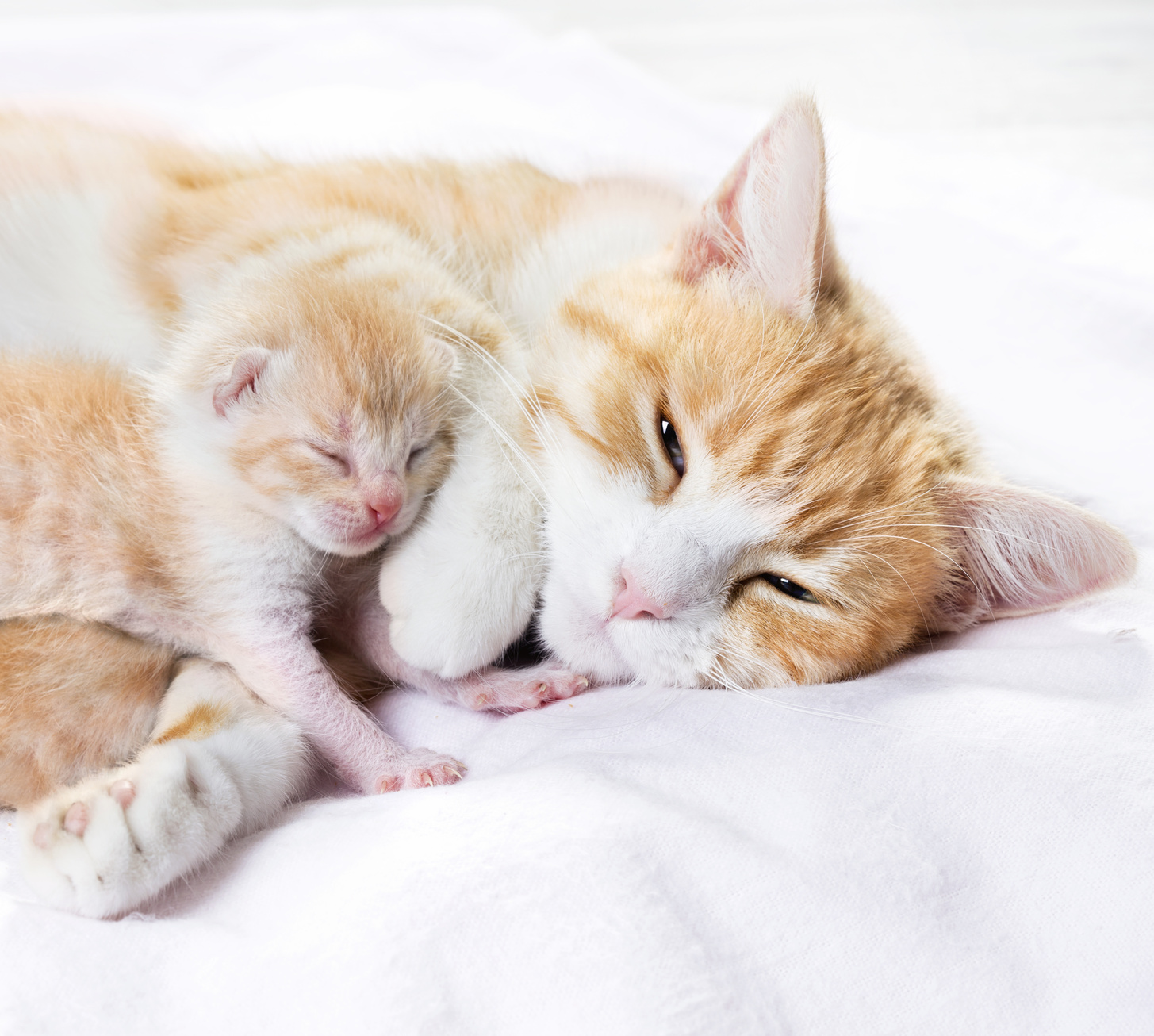
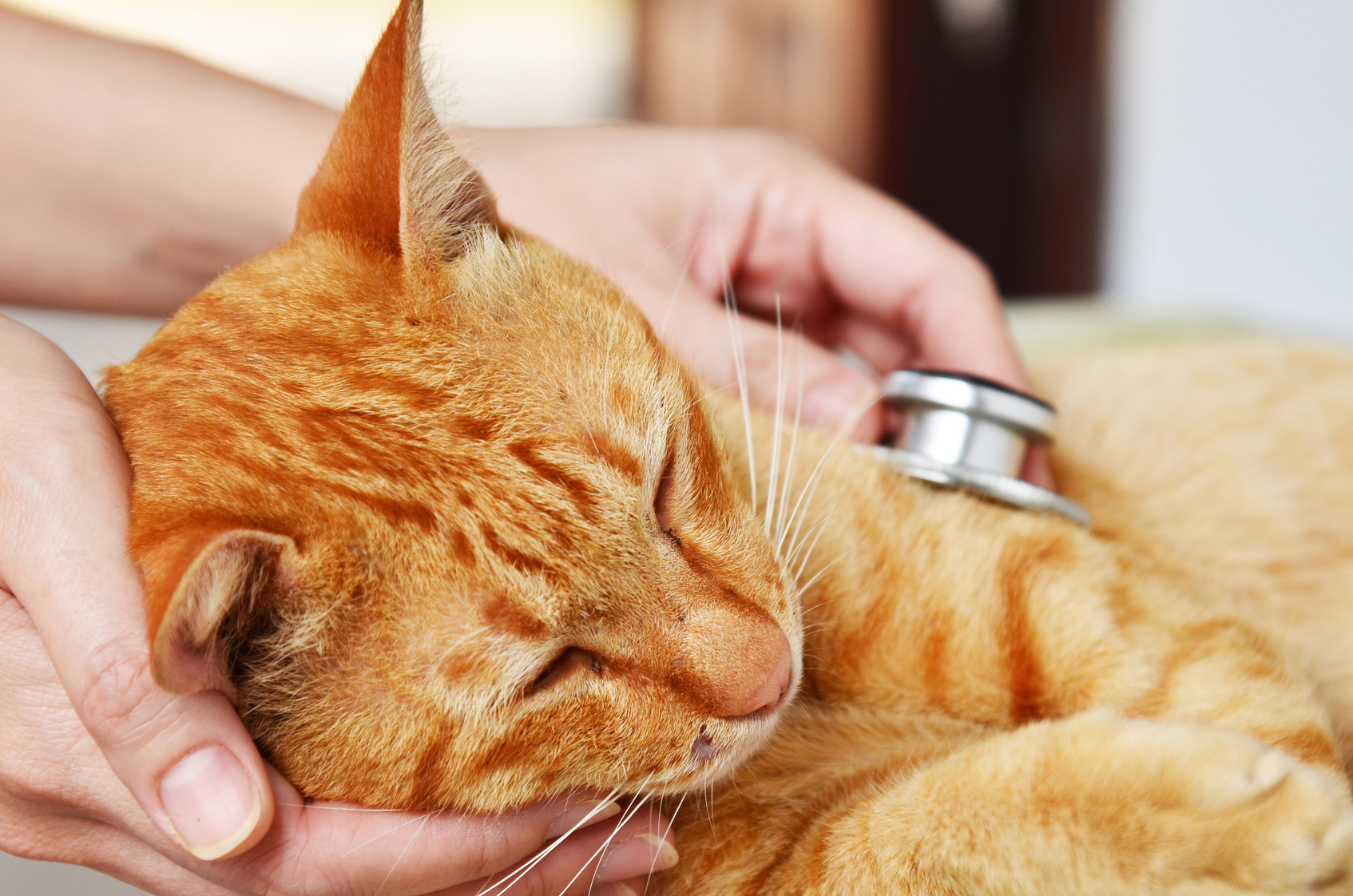
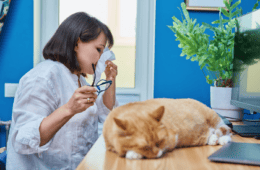
One comment on “A Feline Diabetes Story – Toby’s Journey to Health”